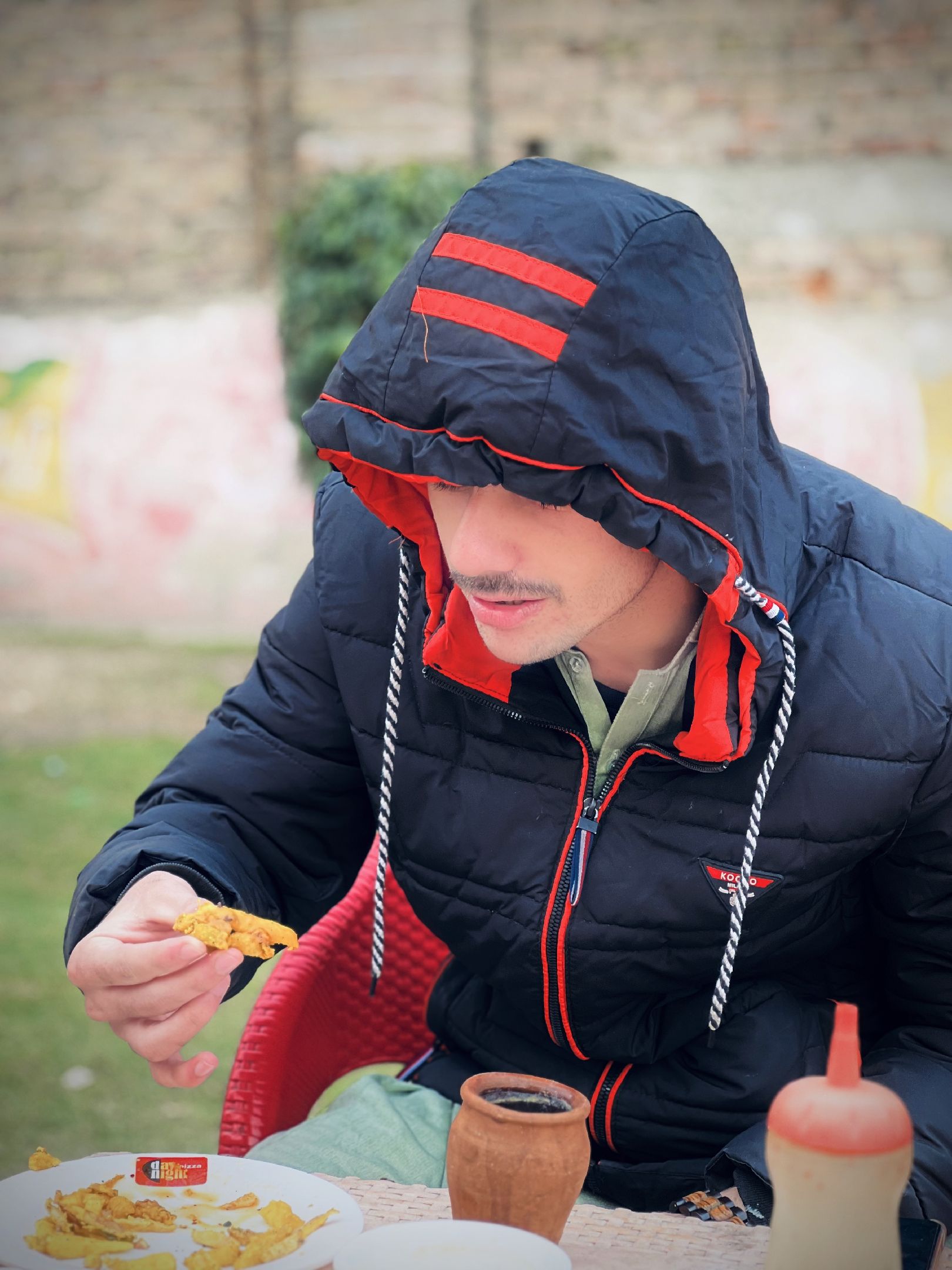GodinoMawabankqueries.ts4 matches
98`INSERT INTO ${KYC_TABLE} (99user_id, date_of_birth, address, city, state, country, postal_code,100document_type, document_id, document_image_url, selfie_image_url, status101)102VALUES (?, ?, ?, ?, ?, ?, ?, ?, ?, ?, ?, ?)105kycData.userId, kycData.dateOfBirth, kycData.address, kycData.city,106kycData.state, kycData.country, kycData.postalCode, kycData.documentType,107kycData.documentId, kycData.documentImageUrl, kycData.selfieImageUrl, kycData.status108]109);133documentType: row.document_type,134documentId: row.document_id,135documentImageUrl: row.document_image_url,136selfieImageUrl: row.selfie_image_url,137status: row.status as KYCStatus,138submittedAt: row.submitted_at,
GodinoMawabankmigrations.ts2 matches
35document_type TEXT NOT NULL,36document_id TEXT NOT NULL,37document_image_url TEXT NOT NULL,38selfie_image_url TEXT NOT NULL,39status TEXT NOT NULL DEFAULT '${KYCStatus.PENDING}',40submitted_at TEXT NOT NULL DEFAULT (datetime('now')),
GodinoMawabanktypes.ts2 matches
45documentType: DocumentType;46documentId: string;47documentImageUrl: string;48selfieImageUrl: string;49status: KYCStatus;50submittedAt: string;
NPLLMindex.html1 match
6<title>NPLLM</title>7<link rel="stylesheet" href="/frontend/style.css">8<link rel="icon" href="/frontend/favicon.svg" type="image/svg+xml">9<link10rel="stylesheet"
NPLLMPackageItem.tsx1 match
50<span className="flex items-center">51<ProfilePicture52imageUrl={profilePictureUrl}53author={item.author}54avatarText={item.avatarText}
NPLLMSearchPage.tsx3 matches
54// Use the package name and avatarText as the prompt55const prompt = `${pkg.name} ${pkg.avatarText} profile picture`;56const imageUrl = await generateProfilePicture(prompt);57if (imageUrl) {58newProfilePictures[pkg.id] = imageUrl;59}60});
NPLLMProfilePicture.tsx18 matches
34interface ProfilePictureProps {5imageUrl?: string;6author: string;7avatarText: string;26body: JSON.stringify({27prompt,28image_size: "landscape_4_3",29num_inference_steps: 4,30num_images: 1,31enable_safety_checker: true,32sync_mode: true,3637if (!response.ok) {38throw new Error(`Failed to generate image: ${response.statusText}`);39}4041const data = await response.json();42return data.images[0].url;43} catch (error) {44console.error("Error generating profile picture:", error);4849export function ProfilePicture(50{ imageUrl, author, avatarText, packageId }: ProfilePictureProps,51) {52const [profileImage, setProfileImage] = useState<string | undefined>(53imageUrl,54);55const [isLoading, setIsLoading] = useState<boolean>(!imageUrl);5657useEffect(() => {58// If we already have an image URL, don't fetch a new one59if (imageUrl) {60setProfileImage(imageUrl);61setIsLoading(false);62return;63}6465// If we're already loading or have an image, don't fetch again66if (!isLoading || profileImage) return;6768// Generate a profile picture if we don't have one71const url = await generateProfilePicture(prompt);72if (url) {73setProfileImage(url);74}75setIsLoading(false);7778fetchProfilePicture();79}, [imageUrl, packageId, avatarText, isLoading, profileImage]);8081if (profileImage) {82return (83<img84src={profileImage}85alt={`${author} avatar`}86className="w-6 h-6 rounded-full mr-2 object-cover"
untitled-1852index.ts19 matches
52".css": ["style", "text/css"],53".edgecss": ["style", "text/css"],54// images (raster)55".png": ["image", "image/png"],56".jpg": ["image", "image/jpeg"],57".jpeg": ["image", "image/jpeg"],58".gif": ["image", "image/gif"],59".bmp": ["image", "image/bmp"],60".webp": ["image", "image/webp"],61".jxl": ["image", "image/jxl"],62".tif": ["image", "image/tiff"],63".tiff": ["image", "image/tiff"],64// images (vector)65".svg": ["vector", "image/svg+xml"],66".eps": ["vector", "application/postscript"],67// fonts458mime: obj?.mime || "application/octet-stream",459isText: isTextFile(ext, obj?.mime),460isImage: isImageFile(ext, obj?.mime),461isDocument: isDocumentFile(ext, obj?.mime),462isViewable: isViewableFile(ext, obj?.mime),525}526527function isImageFile(ext: string, mime?: string): boolean {528const imageExtensions = [529".png", ".jpg", ".jpeg", ".gif", ".bmp", ".webp", ".svg", ".ico", ".tif", ".tiff"530];531return imageExtensions.includes(ext.toLowerCase()) ||533(mime ? mime.startsWith("image/") : false);534}535540];541const docMimeTypes = [542"text/html", "text/markdown", "image/svg+xml", "application/pdf",543"application/msword", "application/vnd.openxmlformats-officedocument"544];549550function isViewableFile(ext: string, mime?: string): boolean {551return isTextFile(ext, mime) || isImageFile(ext, mime) || isDocumentFile(ext, mime);552}553
untitled-1852index.html9 matches
53padding: 1rem;54}55.image-viewer {56display: flex;57justify-content: center;59padding: 1rem;60}61.image-viewer img {62max-width: 100%;63max-height: 500px;561// Add icon based on file type562let icon = '📄';563if (file.isImage) {564icon = '🖼️';565} else if (file.type === 'text') {682currentFileType = ext;683if (file.isImage) {685// Display image686const imageContainer = document.createElement('div');687imageContainer.className = 'image-viewer';688const blob = await response.blob();694img.onload = () => URL.revokeObjectURL(url);695imageContainer.appendChild(img);697fileViewer.appendChild(imageContainer);698// Hide view toggle
untitled-1852README.md1 match
3233- **Text Files**: Displayed with syntax highlighting using Prism.js34- **Images**: Displayed in an image viewer35- **Binary Files**: Displayed as metadata with download option36

